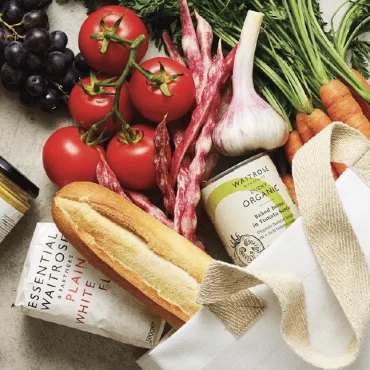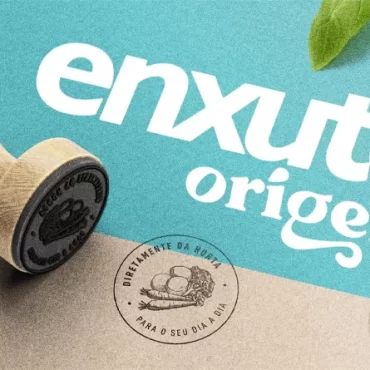Senior Market: how are the elderly participating on the consumer scenario?

Innovation
Believe me: your definition of the elderly can be very outdated. The world is changing with an accelerated pace, the global population is becoming older and, contrary to what a lot of people think, the elderly are increasingly active, productive and connected. It is not by chance that the senior market has been turning into one of the most commented topics when it comes to trends.
Just to get an idea, currently there are more than 30 million Brazilians who are over 60 years old, representing 13.5% of the population. The IBGE, Brazilian Institute of Geography and Statistics, estimates that in the next 30 years this number will be more than doubled – the amount of seniors in Brazil might become around 29.3% until 2050.
However, it seems that the brands have not been following this transformation. According to a digital research company – MindMiners, mature consumers (older than 50) don’t feel fulfilled by the products and services available in the market – and one explanation for that can be related to the way the organizations understand the behavior of this audience.
Okay. So what are the traits of the elderly consumers?
Well, we can start by removing one misconception: the old ones don’t follow the technological transformations. A study conducted by the FGV/EAESP has concluded that 7 out of 10 companies in Brazil still believe this. Actually, the elderly has been becoming strongly present on the digital environment and, from 2016 to 2017, the internet usage by people older than 60 increased by 31%.
And there are more surprises. According to another research from the Brazilian Society of Retail and Consumption, 70% of the people over 60 years old have already done online purchases and 23.9% have used their smartphones to buy products.
Therefore, if your portrait of the older consumer used to be that of a sir or a lady, with a coin filled bag choosing to do everything analogically, you should better start improving your perception about the senior market reality. Therefore, it’s important to think about strategies and online campaigns exclusively to call the attention of this audience.

The best age… to consume
A lot of seniors usually have financial resources, availability and enough time to spend. Combined with a larger access to technology, the result is a generation connected to a huge potential.
One report launched by Google – with numbers and insights about seniors in Brazil – had shown that the average ticket of the elderly on the e-commerce was around 28% bigger than the global average. Only during the Black Friday of 2018, people over 55 years old bought 1.4 times more cellphones than the ones between 18 and 54. Can you believe that?
Another important information appeared in a research made by Tetra Pak: elderly consumers are very loyal. When they find a satisfactory brand, 30% usually don’t try another. On the other hand, younger generations generally look for cheaper options or for those brands which got highlighted after being launched.

Design for the senior market
Like in any other scenario of transformation, the brands are facing complex challenges. However, the strong presence of the elderly in the current consumer market should motivate the companies to carefully consider the needs of this audience.
Especially for packaging designers, readable and clear colors and fonts should be used as strategies for accessibility purpose. In the same way, it’s necessary to consider the material of the pack (one which is more adherent in flasks for bath can be an advantage for the elderly, for example).
The experience of the senior customer is very important. If a can of milk jam comes with a ring which allows an easy opening of the cap or if a package doesn’t need to be cut so that the person has access to the coffee, the relationship with the product and the brand becomes a lot better.

It’s time for the brands to put the elderly at the center of attention and to start communicating more directly with the senior market. Only this way it will be possible to offer solutions – which will really make sense – by considering the needs and values of these consumers.



